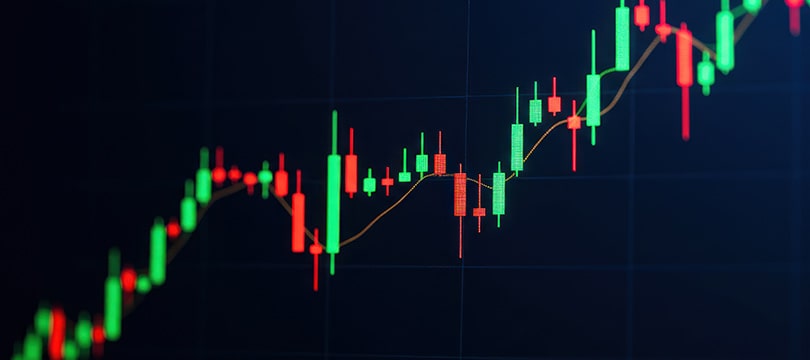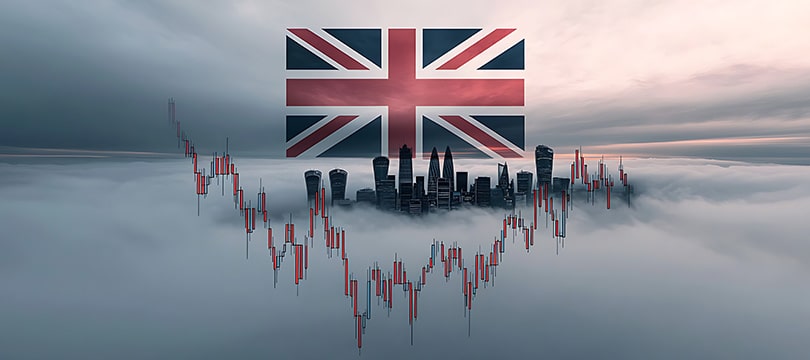Target Price: Definition and Calculation Method
August 3, 2021

The Target Price is a fundamental element for any trader who wants to invest with knowledge, having at their disposal tools that are as scientific as possible, or rather, technical. In particular, the Target Price is appreciated for its simplicity of use and its usefulness, which unfolds in the often complex practice of Money Management and Risk Management.
In this article, we discuss the Target Price, providing a clear definition and describing the calculation methodologies. Finally, we list some good reasons to integrate it into your analysis and money - risk management system, specifying its applications in detail.
A definition of Target Price
The literal meaning of Target Price is the target price. In fact, it is exactly that: it is the price that an investor considers "optimal" to qualify the investment as "successful".
The Target Price characterizes all markets, and it does so in a transversal way. However, for some, it is more important than others. The reasons have to do with the concept of custom, but they are also technical. The structure of some markets makes it easier to identify an objective Target Price.
Exactly, because the Target Price can be subjective, or rather, the result of an individual expectation. The heterogeneity of calculation methods also plays a role, which may favor one element over another, one objective over another.
In any case, the context in which the use of the Target Price proves to be more intensive is the stock market. In general, all markets that combine volatility and readability, or rather a strong interdependence with respect to the economic system, lend themselves to a very profitable use of this tool.
How the Target Price is calculated
In essence, the Target Price is the price at which the trader can be satisfied and cash in. Starting from this definition, which carries within itself references to the purpose of the tool, some calculation methodologies have been developed over time. All of them, of course, are based on technical analysis, and aim to identify a price above which the probability of the asset inverting its course and "falling" increases. In short, we are talking about a kind of potential.
What are the most popular methods for calculating the Target Price? The simplest ones see the concept of resistance as the protagonist. In short, a resistance is identified and set as the Target Price. This can be done using Fibonacci retracements, or by searching for monthly, semi-annual, annual, or even all-time highs if the asset is at a particularly close level.
An alternative is to refer to the Target Price... of others. Many analysts and specialized publications publish their own Target Prices, including them within the technical data sheet of the asset. It must be said that this custom mainly concerns the stock market, which we have already said is the ideal context for the use of Target Prices.
Among other things, the stock market lends itself to continuous adjustments based on the quarterly data that all issuing companies must publish. So if, for example, a quarterly report performs well, the Target Price is raised.
The importance of the target price
What is the specific use of the Target Price? Basically, it has two uses, one analytical-orientational and the other more operational.
As an orientation tool, it provides the trader with a clear picture of the asset's potential. This can be useful for both long-term and short-term trading. For example, it can illustrate the potential surplus in case of prolonged holding of the asset. In this case, just calculate the difference between the entry price and the Target Price.
More often, it can serve as a reference for identifying the Take Profit. This term refers to the price level at which the asset, having exhausted its potential, tends to bounce and "fall". Therefore, it is the right time to exit the market and cash in, if a long position had been taken. After all, the Target Price is almost by definition a resistance, both from a symbolic point of view (traders perceive it as such) and a technical one.




